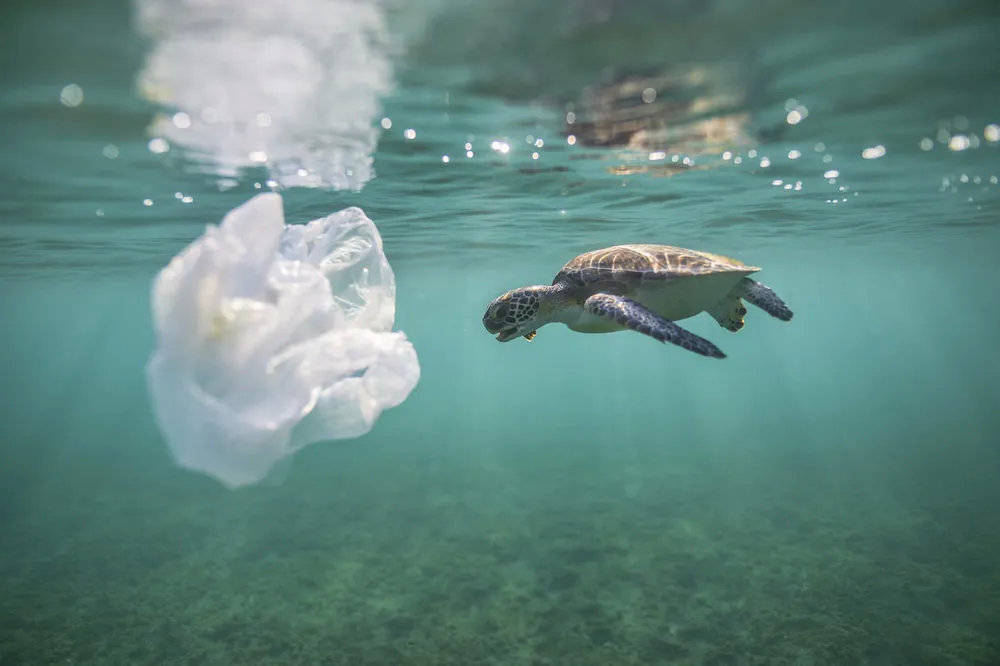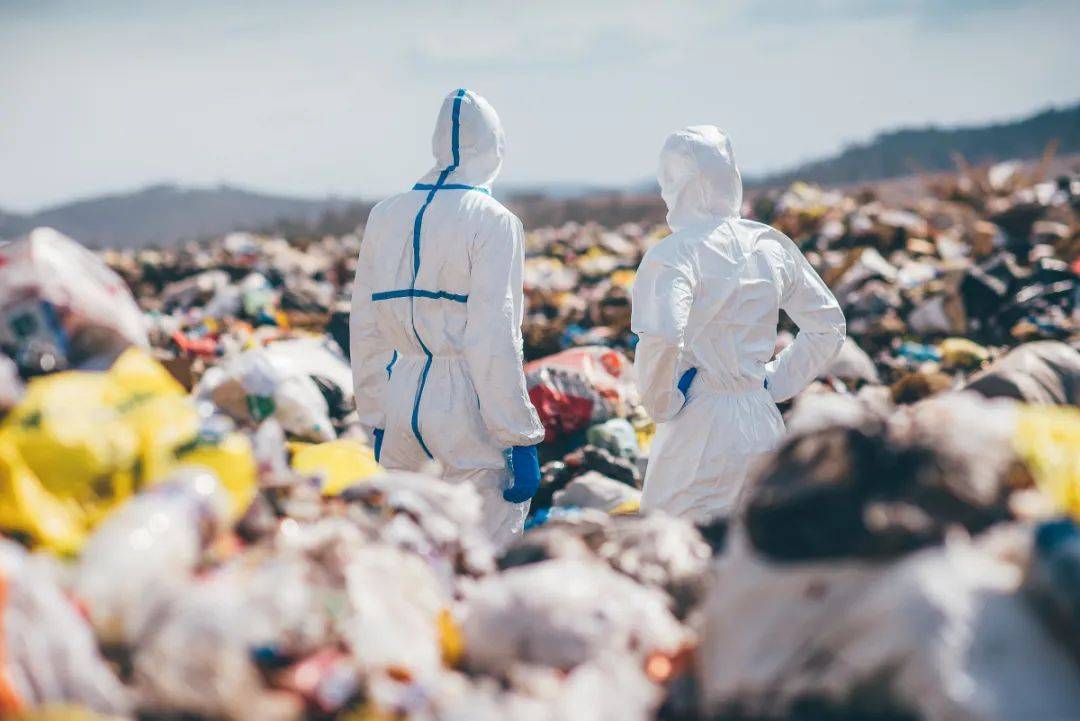White Pollution is an image of waste plastic pollution of the environment phenomenon, refers to the use of polystyrene, polypropylene, polyvinyl chloride and other polymer compounds made of packaging bags, agricultural mulch, disposable tableware, plastic bottles and other plastic products are discarded into solid waste, due to random littering, difficult to degrade treatment. Pollution to the ecological environment and landscape.

-
Main Sources
The main sources of white pollution are food packaging, foamed plastic filling packaging, snack boxes, agricultural plastic film and so on.
White pollution is a unique environmental pollution in China. A large number of discarded plastic products can be seen everywhere in various public places. They come from nature and are made by human beings. When they are finally attributed to nature, they are not easily absorbed by nature, thus affecting the ecological environment of nature. From the perspective of saving resources, plastic products should be recycled as much as possible because the main source is exhausted petroleum resources, but the production cost of recycling at this stage is much higher than the direct production cost, which is difficult to do under the current market economy conditions.
-
Causes
Main Reasons
the plastic garbage has not been properly managed and disposed of, the garbage has not been classified and collected, and what can be recycled is not recycled. The final disposal method of garbage basically stops at the level of bare stacking or shallow burial, and some towns regard rivers, rivers and lakes as natural garbage dumps.
Transportation and tourism, except railways, have not yet established a garbage collection system that is compatible with production and operation, and let the garbage produced in the course of operation drift.
Weak Management
lack of relevant laws and regulations on plastic packaging waste, and people's awareness of the environment is relatively weak; It is quite common to cause abuse and random dumping, which is not the responsibility of plastic products themselves.
Difficult to Recycle
because the cost of recycling is high, but the utilization rate is low, so the business can be said to be unprofitable and it is difficult to attract the general public to carry out "white recycling" because of its low recycling price. Therefore, it is difficult to recycle.
Difficult to Degrade
The recovered white waste is not easy to treat. At present, the main treatment methods are burning and landfill. If it is burned, it will produce a lot of toxic smoke to pollute the atmosphere and promote the formation of acid rain. As for landfill, it will remain intact for 100 years and cannot be absorbed by nature. It will do great harm to the land, change its pH value, affect the absorption of nutrients and moisture by crops, and lead to the reduction of agricultural production. As for plastic products abandoned in water or land, it will not only affect the environment, but also be swallowed passively. This destroys the ecological balance.
-
Consequences
Social Harm
With the acceleration of people's life rhythm, social life is developing towards convenience and sanitation. In order to meet this demand, disposable foamed plastic lunch boxes, plastic bags, chopsticks, water cups and so on began to enter people's daily lives frequently. The appearance of these convenient and low-cost packaging materials has brought a lot of convenience to people's lives. On the other hand, these packaging materials are often discarded after use, resulting in "white pollution"; Form environmental hazards and become a great environmental problem.
Visual Pollution
Waste plastic packaging scattered in cities, tourist areas, water bodies and roads brings bad stimulation to people's vision, affects the overall aesthetic feeling of cities and scenic spots, and destroys the city appearance and scenery, thus causing "visual pollution".
Potential Harm
First, discarded plastic packages on land or in water are swallowed by animals as food, which leads to the death of animals (such cases are common in zoos, pastoral areas and oceans); Secondly, the waste plastic packaging mixed with domestic garbage is difficult to treat: landfill will occupy land for a long time, domestic garbage mixed with plastic is not suitable for composting, and the sorted waste plastic is also difficult to recycle because it cannot guarantee the quality.